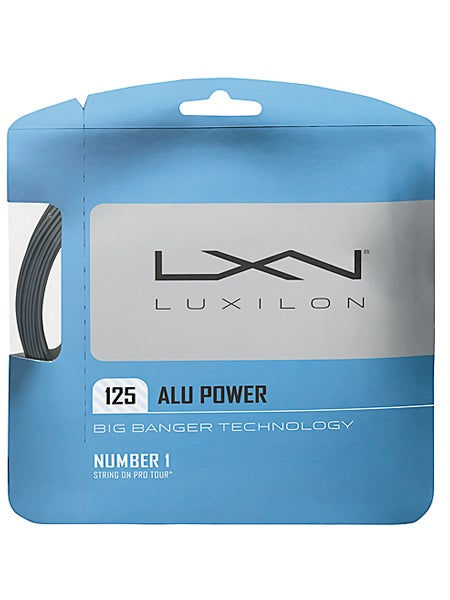GETTING TO KNOW 'NATURAL GUT'...
- Zx Racquet Lab

- Apr 6, 2023
- 3 min read
Anytime somebody talks about gut strings it seems that they should be bouncing a baby on their knee and starting the conversation with: “Back in my day…” Until recently it was the most popular string on the pro tours, but now gut has taken on a decidedly old-school vibe. Nevertheless, it still occupies an important part of the string landscape; pros still use them, and for certain types of recreational players gut is a great option. Here’s what you should know about the game’s oldest string.
Gut was first introduced by Babolat in 1875 and is indeed made of cow intestines. Kind of gross, but true. Those innards are turned into an incredibly fibrous material that results in the softest string on the market. A racquet freshly strung with gut has an incredibly buttery feel, even at high tensions. It’s a heavenly response for net rushers and touch players who relish pinpoint control. It also holds tension well, retaining its playing characteristics longer than most strings. All that comfort, along with its great shock absorption at impact, makes gut a wise choice for chronic arm pain sufferers.
Gut has also earned the distinction of a power string. Being so elastic and resilient, gut strings are able to pocket the ball and snap back better than any synthetic. The ball stays on the strings longer (dwell time) resulting in more transferred energy and a higher launch point along the swing path. Shots land deeper in the court with less effort. I have found, however, (and am not alone) that this elasticity also makes the strings slightly less adept at applying spin to the ball.
The glaring downside to gut, though, is its limited durability. An aggressive player with heavy topspin strokes can shred gut strings in a matter of hours. And I do mean shred since the strings will fray before finally breaking. (Remember Pete Sampras and his string savers?) I notice once the strings start to tatter, they can feel even springier, and more difficult to control. Using a racquet with a dense, 18x20 string pattern can lessen string movement and slow down the fraying process. But once the strings have been played with for a while, they will need frequent adjustment between points.
Steady string breakage wouldn’t be the worst thing in the world if gut weren’t the most expensive string available (£60/set). The manufacturing process is a complicated one, which keeps the cost at a premium. Gut also doesn’t respond well to moisture—rain or heavy humidity—which compels some gut users to even have an emergency inclement weather racquet strung with synthetic gut. And because it’s so soft and was once a living material, gut is more difficult to install without damaging it. High price tag, high maintenance, and low lifespan equal a limited audience. That’s why many players like to pair gut with a less expensive, more durable string in a hybrid string bed to reap some of the benefits while limiting the drawbacks.
Still, if you’re not a string breaker and prefer the feel of a forgiving string bed, using gut can actually prove cost effective. While the upfront charge might be double that of a good multifilament, the superior playability of gut strings might last more than twice as long.
Two identical racquets were measured over a 20-hour period. One racquet was strung with gut at 68 lbs, the other with a synthetic string at the same tension. After eight hours, the synthetic string lost 18% of its original tension, whereas the gut string lost only 1% of its tension. After the full 20 hours, the synthetic lost an additional 20%, the gut only 10%.”
Perhaps it’s best to think of gut as a high-end luxury car: As long as you don’t mind the occasional costly upkeep, it offers a beautiful ride.




Kommentare